Individuals produced by micropropagation at an out planted population. […]
micropropagation
In vitro; plant tissues grown on nutritional medium in a sterile humid glass or plastic container.
SePPCon 2024: Propagation Protocols & Programs

SePPCon 2024: Propagation Protocols & Programs Developing horticultural protocols for threatened Varronia species in Puerto Rico M.A. Hamilton* (1,2), M. Dani Sanchez (1,3), J. Rosario Santana (4), A Marrero (4), J.A. Duran Baez (4), E. Lopez (4), B. Sanchez Santana (5), O.A. Monsegur-Rivera (6) (1) South Carolina Botanical Garden at Clemson University, Clemson, SC, […]
CPR-Plants: A model for conservation of endangered plant biodiversity
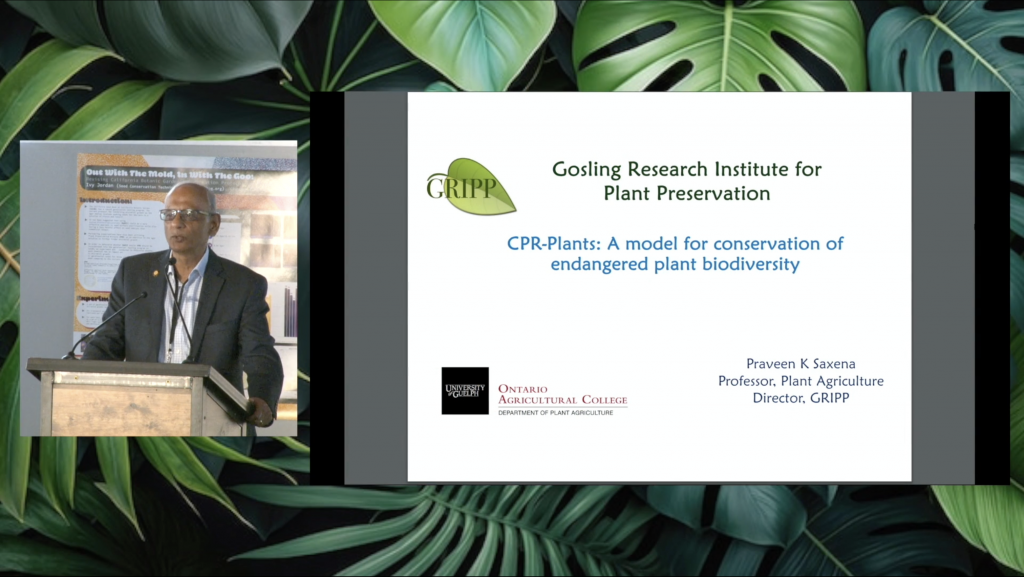
Climate change and biodiversity loss and are two closely intertwined events, which occur simultaneously and lead to serious losses of plants in ecosystems. Loss of habitats at an alarming rate has also seriously impacted the survival of several plant species of ecological significance. The Gosling Research Institute for Plant Preservation (GRIPP) (www.gripp.uoguelph.ca) is a unique […]
Micropropagation of Catalina Island’s Rarest Plants

The Catalina Island Conservancy has developed a micropropagation laboratory to overcome traditional horticultural challenges and provide reliable propagules of rare and endangered taxa. The current focus of the laboratory is to develop tissue culture protocols to produce plants of the endangered Santa Catalina Island Mountain Mahogany (Cercocarpus traskiae) and the endemic Santa Catalina Ironwood (Lyonothamnus […]
Micropropagation and Cryopreservation of Hawaiian Pritchardia

The Hawaiian Rare Plant Program (HRPP) Micropropagation Laboratory serves as an ex-situ germplasm repository for Hawaii’s rarest plant species. Introduction of the coconut rhinoceros beetle (Oryctes rhinoceros) to Hawaii is a major threat to wild populations of the twenty-three endemic Pritchardia species, many of which are already endangered. Using tissue culture, the HRPP Micropropagation Lab […]
Using Cryopreservation to Increase the Conservation Capacity of the Hawaiian Rare Plant Program

The Hawaiian Rare Plant Program (HRPP) uses ex-situ conservation technologies to safeguard endangered native Hawaiian plants from extinction. The HRPP is located at Lyon Arboretum, a University of Hawaii research unit, and is comprised of the Micropropagation Lab, Seed Conservation Lab, and Rare Plant Greenhouse. Each component of the HRPP plays a critical role in […]
Successful In Vitro Initiation: Taxus floridana
showing new axillary buds in a test tube on June 12, 46 days after inoculation. […]
The Development of a Micropropagation Protocol Suitable for a Wide Range of Quercus dumosa Genotypes for Ex Situ Conservation

Quercus dumosa, or Nuttall’s scrub oak, is endangered due to human encroachment, misidentification, disease, and wildfire. Micropropagation is a method of ex situ conservation in which plants maybe be preserved under aseptic conditions away from the many threats they face. However, each genotype grows differently; what may encourage growth in one individual may prove lethal […]
As Seen on CPC’s Rare Plant Academy: Orchid Micropropagation

[…]
Orchid Micropropagation: What it is, How to Do it, Methods & Challenges
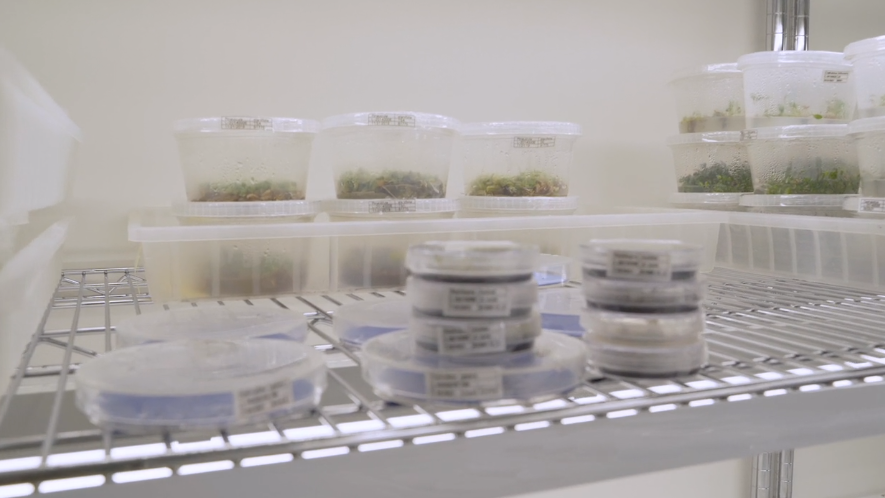
Orchids are known to be quite difficult to propagate as they typically require fungal symbionts during their germination. In this video, Jason Ligon and Tito Tomei explain how to propagate orchids in the lab using sterile micropropagation techniques. They show each step and emphasize how important sterility is for the process. This video was made […]
Supporting Lyon’s Hawaiian Rare Plant Program
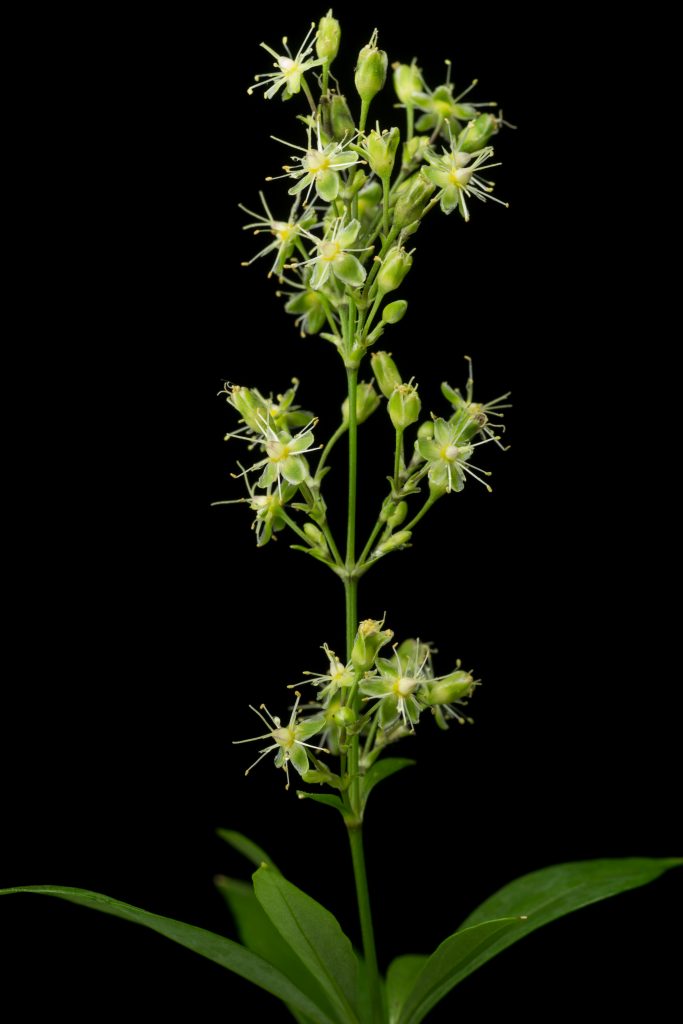
[…]
Conservation Champion: Christy Powell

[…]
Cryobiotechnology for Conservation and Storage of Endangered Exceptional Hawaiian Plant Species
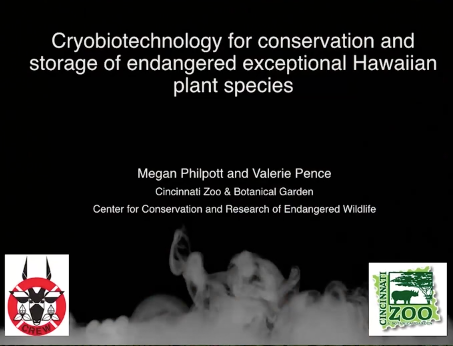
Megan Philpott, Valerie PenceL*, Cincinnati Zoo & Botanical Garden, United States *Speaker Threats to global plant biodiversity compel the need for ex situ collections of species worldwide. However, the subset of species known as exceptional plants are often overlooked. These species produce few or no seeds or produce recalcitrant seeds. The Center for Conservation and […]
Nellie Sugii at the Lyon Arboretum Micropropagation Lab
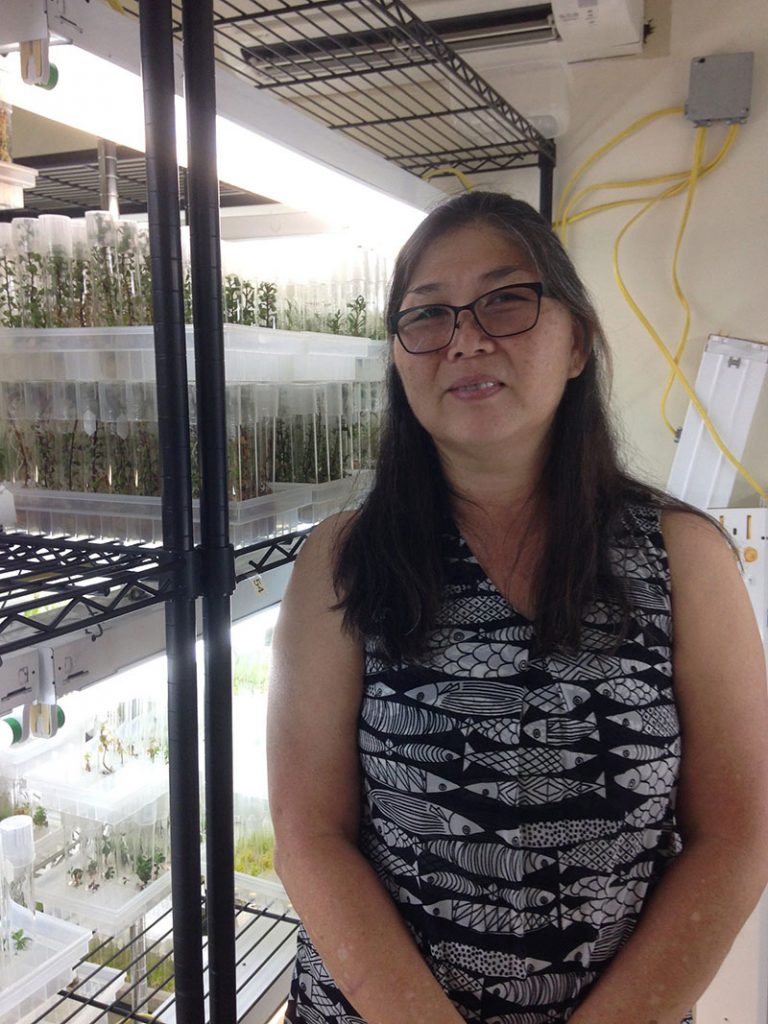
Nellie Sugii, a key partner in the part of the collaboration focused on Hawaiian species, stands in her new micropropagation lab at Lyon Arboretum. […]
Monitoring Plants of Concern at Chicago Botanic garden
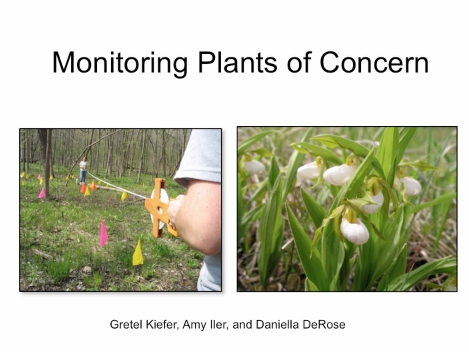
Daniella DeRose, Chicago Botanic Garden Chicago Botanic Garden’s Plants of Concern (POC) program is a collaboration between citizen scientists, natural resource managers, and researchers to collect data on rare plant populations in northeastern Illinois. The primary goal is to identify best conservation practices, while creating awareness and providing education on why conservation matters. POC engages […]